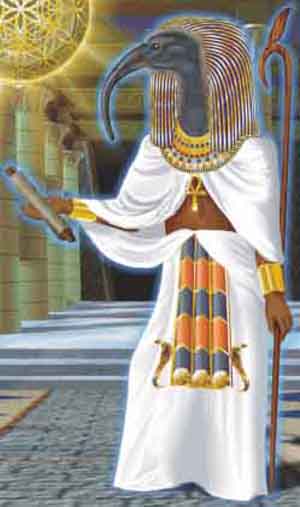My Friend Harold

Our Message to You

Merry Christmas from Brooklyn
The Christmas tree was decorated in blue and silver which is what drew me to it.
The Christmas sign was blue. Harold wore blue. We met through alien research.

As I looked at this picture, I wondered why my neck was blue. In my mind I saw a tall blue-skinned male alien and connected with Egypt and the first grid insert in this part of the hologram (Zep Tepi). A search took me to the Hopi name for the star Sirius - Blue Star Kachina - which takes us to Isis. Amun was often shown with a blue face to symbolize his role in the creation of the world. By extension, the Pharaohs were sometimes shown with blue faces as well when they became identified with Amun. Baboons, which are not naturally blue, were portrayed as blue, though it is not certain why, and for some unknown reason to me I hate all monkey species. We come to the ibis - the bird depicted in blue - was another symbol of Thoth. It may be that the baboons were colored blue to emphasize their connection to Thoth. Hapi, an Egyptian Alchemy God was often portrayed in blue, his Element Water. Real-life pharaohs donned their man-made "beards" with the aim of linking themselves to the god's eternal reign by imitating his appearance. These coveted objects would often then be passed on from one ruler to the next over several generations. Female Pharaohs such as Hatshepsut (who ruled Egypt for 21 years and has been praised by Egyptologist James Henry Breasted as the first great woman of whom we are informed), chose to honor the tradition upon assuming power, opting to wear false beards along with masculine attire to preserve the air of divinity.


Star Wars' Tech: 8 Sci-Fi Inventions and Their Real-Life Counterparts
Live Science - December 17, 2015
It's hard to imagine the holiday season in the city without the cultural feast of glittering fairies, toys and sweets that come alive with the dancing and music of The Nutcracker. The ballet, with a score by Tchaikovsky, premiered in St. Petersburg, Russia, 123 years ago on Friday. It might never have happened. Tchaikovsky's parents sent him to law school because they didn't consider music an acceptable profession. Later, he quit a legal job to attend the St. Petersburg Conservatory, the foundation of an illustrious career that included "Swan Lake" and "Sleeping Beauty." "The Nutcracker" story isn't entirely Russian, though. It's based on an 1816 story, "Nutcracker and Mouse King," by the German writer E. T. A. Hoffmann, and it was adapted and popularized by the French writer Alexandre Dumas in 1844 as "The Tale of a Nutcracker." Decades later, the St. Petersburg Opera hired Tchaikovsky to write music for a ballet based on the later version. No performances today follow the staging first done in St. Petersburg. Tchaikovsky's scores are among the most famous in ballet, and they lend much of the magic to the holiday fairy tale that ends happily ever after.